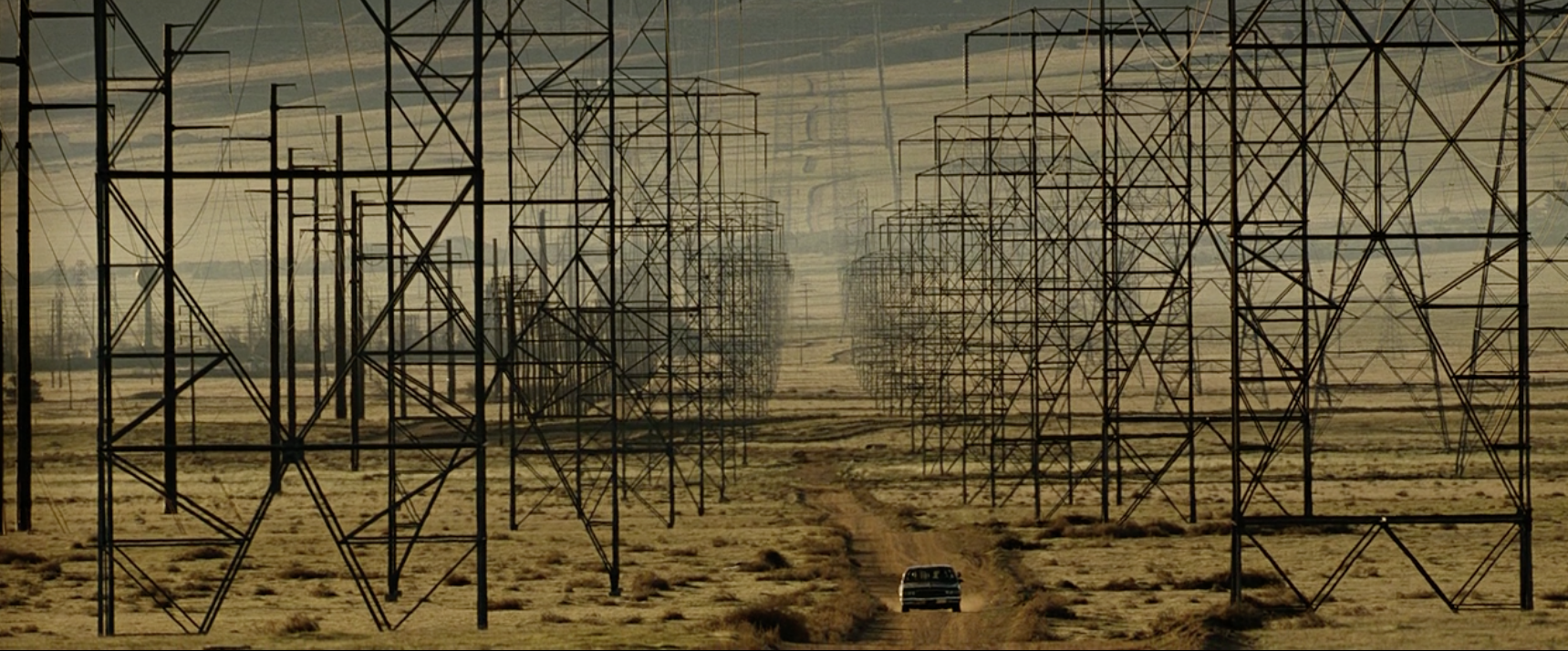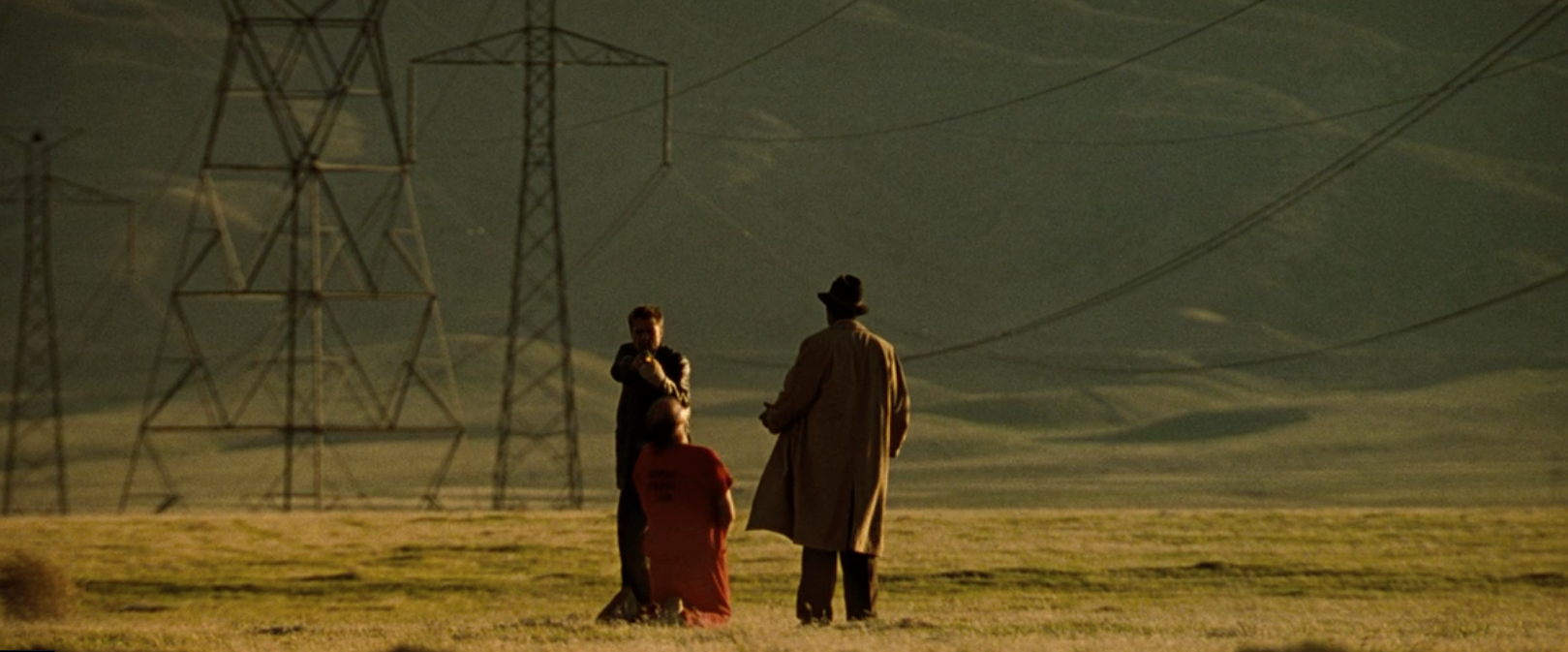What happened at the end of “Se7en”? How were wrath and envy fulfilled?
Se7en (1995) was the film that introduced the world to David Fincher’s now legendary brand of filmmaking. After the catastrophe that was Alien 3 (1992), Fincher’s feature debut, he wasn’t sure he even wanted to continue with feature films. But after a few years of music videos, he returned with his sleeves rolled up and created one of the most haunting, genre-bending horror/thrillers in cinematic history.
One of Se7en’s lasting legacies comes from its remarkable twist ending. A film about horrible acts committed in a horrible world ends in despair, all thanks to one of cinema’s most cunning and intelligent villains, an unbelievably methodical series of crimes, and a cardboard box in the desert.
For the first two-thirds of Se7en, Detectives Mills (Brad Pitt) and Somerset (Morgan Freeman) pursue John Doe (Kevin Spacey), a serial killer making his way through the seven deadly sins by forcing victims to succumb to their offenses. First it’s gluttony, wherein a 400lb. man is forced to eat until it kills him. Next is greed, via the bloodletting of a rich attorney. Sloth is the most prolonged of the murders, as a child molester was tied up and kept on the brink of life for a full year before being found by the detectives, technically still alive. Hundreds of pine tree air fresheners mask the scent of his filth and decaying body from his surroundings. Finally, lust and pride are forced upon people through sex and physical harm, lust being carried out as a man rapes a prostitute with a bladed s&m device, and pride sees the disfigurement of a model’s face, driving her to suicide.
But that’s only five, and there are seven deadly sins.
The detectives are always trailing Doe, following his leads but never finding him—until the moment he wants them to. In an unusual turn of events for a detective film, Doe shows up to confess, covered in blood, with more than a half hour remaining in the picture. It takes him out of the realm of obscurity and into the foreground of the story, giving him a direct voice, and unknowingly assigning him control of the narrative.

Doe’s confession comes with a caveat: Somerset and Mills must drive out into the desert to a desolate location Doe has decided. He won’t say why, and when they arrive there’s nothing to be found until a van drops off some mysterious cargo: a cardboard box. As Somerset goes to retrieve the parcel, Mills babysits Doe, and hears a story about earlier that day when Doe visited Mills’ apartment to rape and behead his beautiful and pregnant wife, Tracy (Gwyneth Paltrow). That, and how much Doe admires Mills’ beautiful, standard life.
“Because I envy your normal life, it seems envy is my sin,” Doe says, watching Mills writhe with pain after hearing what he’s just been told. Having opened the box and witnessing its contents, Somerset immediately understands Doe’s master plan. He quickly rejoins the other two men as Mills holds Doe at gunpoint; sobbing, furious, and destroyed.
“Become vengeance, David,” Doe says. “Become wrath.”
“If you kill him, he will win,” Somerset says.
Fincher cuts to a flicker of something bright white—a one-frame shot that passes by so quickly, theater audiences in 1995 would have been sure to almost miss it. With today’s technology, we can pause on the frame and see what we were pretty sure we already saw: Tracy’s head, pristine but alone, brightly-lit, ambiguously lifeless, resting on what appears to be linen. It may be a picture of Tracy’s head in the box or Mills mentally flashing an image of his wife’s innocence. Either way, it’s too much for him.

Mills shoots. Then Mills shoots some more. He becomes wrath; the sixth sin in the Biblical list, with six bullets fired to wrap it all up. This was the design of Doe’s crime since its conception. The detectives were following Doe at a pace deliberately mandated by the killer, culminating in this moment. Mills is arrested for Doe’s murder and becomes catatonic with grief.

The villains Wiki categorizes John Doe as “a malevolent, twisted, sadistic, deadpan, cruel, God-fearing vigilante who thought he was doing the right thing and flatly would not consider the possibility he was wrong. John was also calm, cool, collected and apathetic. He had a very gentle, smooth way of speaking and rarely raised his voice. Doe thought everyone who committed one of the Seven Deadly Sins was a criminal.”
Whether or not Tracy’s head was actually in the box has become a point of contention since it’s not implicitly shown, but all evidence points to the fact it was. Somerset’s reaction and immediate attempt to stop Mills indicates he unwrapped the head, or he would have said otherwise. Its presentation is also thematically consistent with the rest of the film. Across all Doe’s previous murders, the audience never sees any of them being committed. Even the horrors of the crime scenes we witness are made more heinous by the psychological direction Fincher embodies them with, leaving us to create the acts in our heads and envision the suffering of the victims. Tracy, serving as the crescendo of Doe’s murderous masterpiece, should be no different. The fact her crime scene is the least explicit of the film and directly impacts the protagonists makes its weight more substantial than any other victim.
We’re not really left wondering whether or not her head is in the box, but what Mills is feeling. We’re left thinking about the scene back home, in the apartment, where Tracy’s body rests raped and headless, and what an atrocious discovery it will be for the authorities that discover her. And we’re left thinking about the future—of Somerset, of the unnamed city where all these horrors take place, of the life Mills has ahead of him—and we’re given a glimmer of optimism about humankind’s ability to persevere.
As Somerset closes the film by quoting Hemingway, “’The world is a fine place, and worth fighting for’ … I agree with the second part.”

